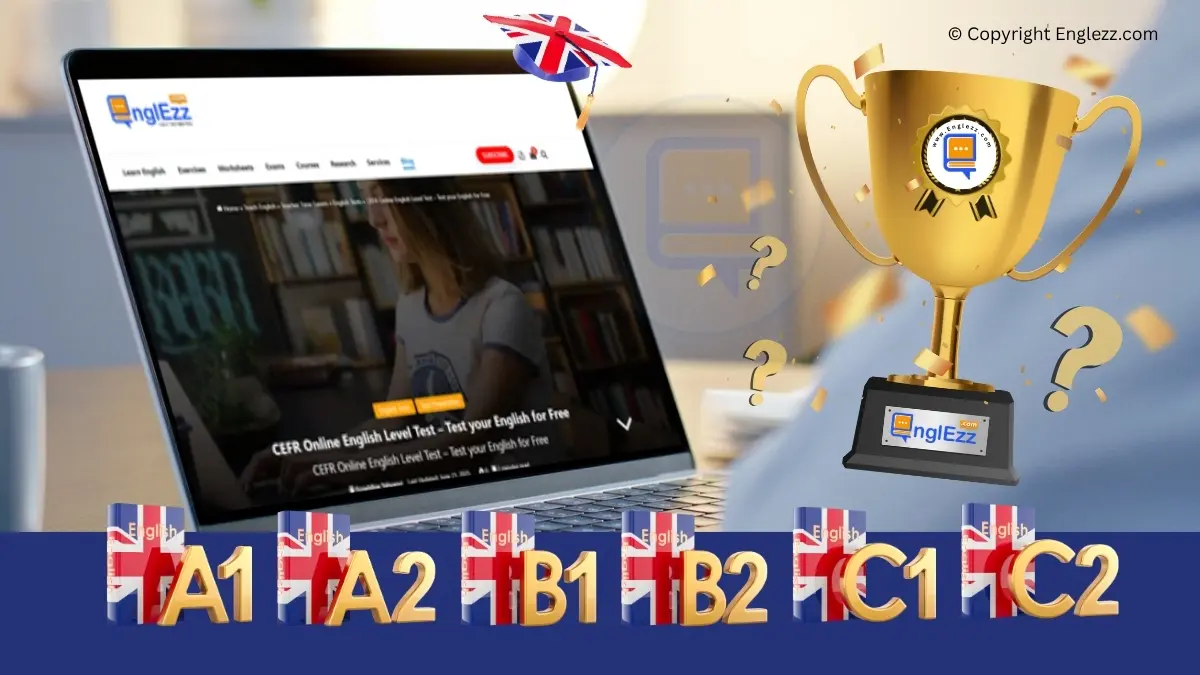Student-Centered Learning Strategies
Why is student centered learning important?
There has been increasing emphasis in recent years on shifting from traditional teaching, where the teacher is the center of the process, toward student-centered learning.
Move Your Classroom Toward Student-Centered
Student-Centered Learning encompasses methods of teaching that shift the focus of instruction from the teacher to the student. It emphasizes learner activity rather than passivity. Personally I think that it is a reflexive approach to the teaching and learning process on both teacher and learner tasks and objectives achievement.
We will focus on these six Student-Centered Learning Strategies that characterize this approach:
1. Cooperative Learning:
Cooperative Learning is a strategy where students work together in a team. It is a strategy where kids work together in a team. This method – one of student-centered learning strategies – offers learning numerous benefits through mixed groups formal or informal grouping learning opportunity where they are required to work together and content areas are varied.
2. Problem-Based Learning:
Students find solutions to real world problems Advantages: engaging context for learning – relationship between knowledge and skills levels of complexity – bring in more problems as they go along.
Games:
A competitive way to get kids involved in learning that utilizes problem solving skills Advantages: engaging match to outcomes – adapt for learning variety of settings gain attention.
Simulations:
Presentation:
- Advantages:
Discussion:
And that’s it! with this you have a general overview about student-centered learning strategies.





